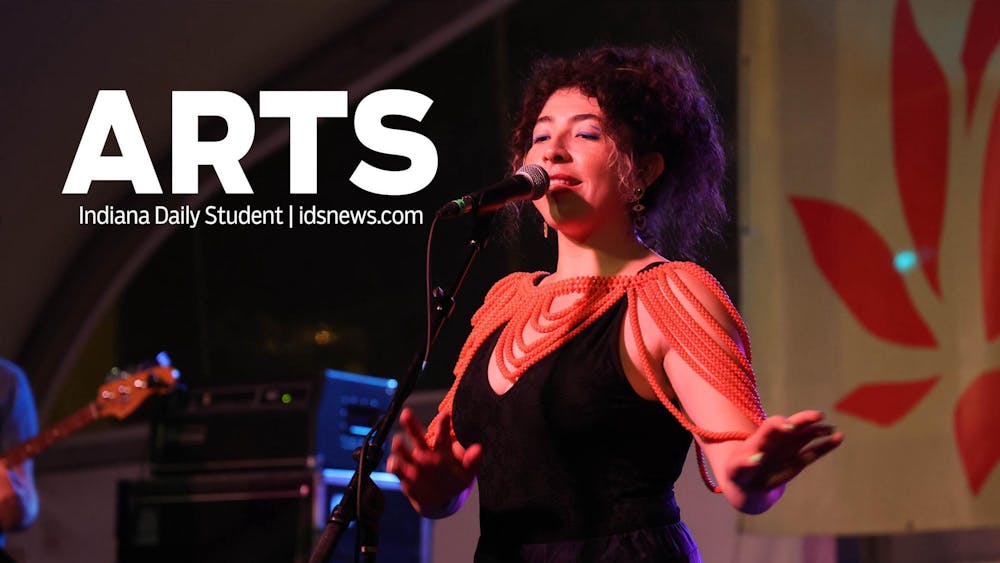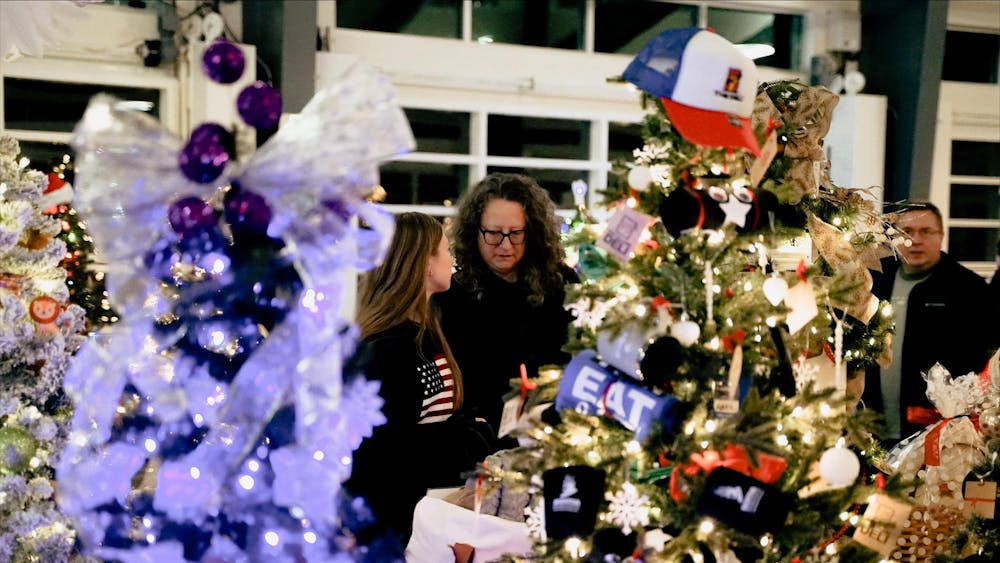Kimberly Osberg said her journey in music has made her a flexible composer.
She came to IU with an undergraduate degree from a small school in Iowa.
Osberg said her style allows her to capture the essence of various music genres.
She is now a second year master of fine arts student in the Jacobs School of Music.
She recently finished working on the IU Theatre production of “Macbeth,” directed by David Koté.
Osberg also worked with Koté on “The King in Yellow,” which was performed by the New Voices Opera in 2015.
“My styles have reflected my extra-musical interests and by playing a variety of instruments in the past, which makes my work eclectic,” she said in an email interview.
Osberg is from Eau Claire, Wisconsin.
She completed her undergraduate study at Luther College in Decorah, Iowa. She received a bachelor of music with a composition focus.
She said Luther College gave her the tools she needed to be a flexible composer in the liberal arts program.
Her education at Luther College emphasized the ability to encounter and adapt to new and unfamiliar information and experiences, Osberg said.
Osberg attributes a lot of her early influence in collaborative work from Brooke Joyce at Luther College, she said.
She has also been influenced by IU’s Luke Gillespie, whom she met at a jazz camp when she was 14.
She said she had heard of IU by being around university students and faculty from a young age.
However, Osberg said she never imagined coming to the school, much less pursuing a career in music.
IU has given to her a number of opportunities and also left room to make opportunities for herself, Osberg said.
She said she finds sources of inspiration in numerous styles when creating her pieces.
“I have dark, dissonant works for strings, quirky, humorous music for winds, music influenced by Latin-American and West-African elements, pounding, forceful music for non-standard chamber ensembles,” she said.
She said she even has a piece for dance and amplified trash.
Her interest in diverse music styles makes room to explore and create sound worlds.
This is what Osberg said she did in the dark, enigmatic world of “Macbeth."
Her prior experience was the biggest asset when approaching “Macbeth,” she said.
She was provided with no framework when composing, she said.
Osberg said her music was atmospheric, and she focused on creating a mood and a set.
“The outline was the script, and I was building a sound world,” she said.
“Macbeth” sound designer Tom Oldham, who worked alongside Osberg, said this show was a maverick in recent productions.
Collaboration between the Jacobs School of Music and the theater department is a rare occurrence, but they produce phenomenal results, Oldham said.
“Productions from Jacobs and from the theater department tend to be very different,” Osberg said.
Osberg said her recent experience working in theater has allowed for countless musical enhancements and interactions on her part.
A theatrical production involves many people, she said.
The production involves influence from a mixture of fields such as costuming, lights and fight choreography, she said.
Osberg said she hopes “Macbeth” will provide the groundwork for future collaboration between composition and theater students.
“It challenges the composer to work in unfamiliar territory,” she said.
The production is the pinnacle of collaboration, she said.
Osberg said a theatrical production is an experience which can be elevated to another level by the creation of a sound world.
“It’s a special challenge to make a sound world that can be simultaneously clear and flexible,” she said. “There is something very exciting — and in equal parts terrifying — about this kind of variation.”





